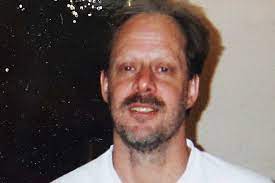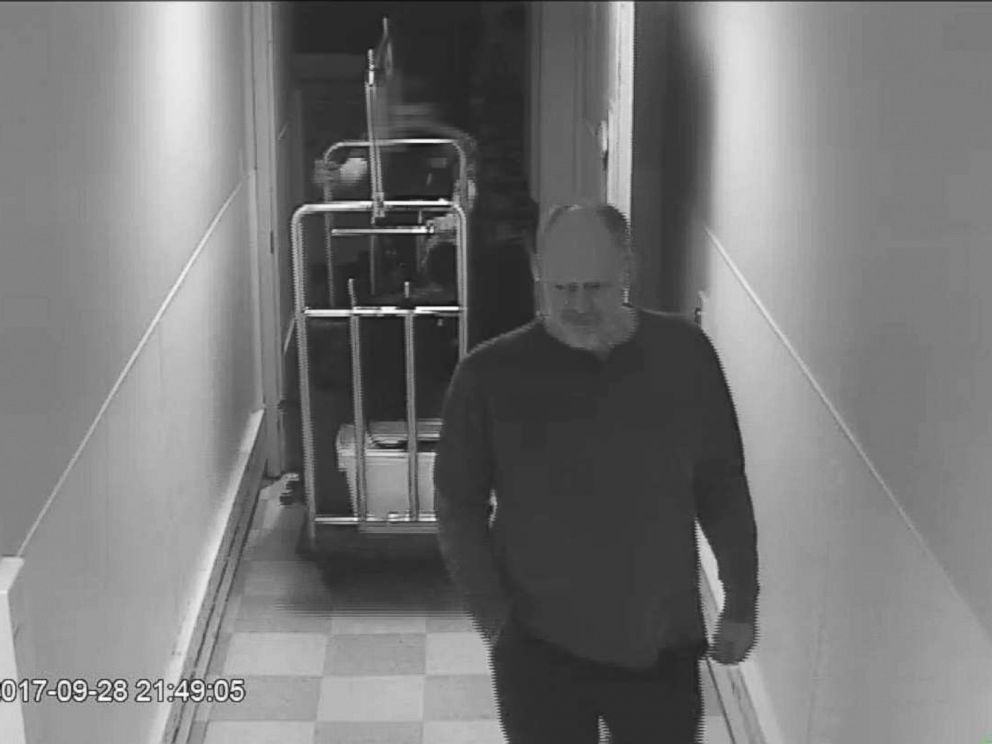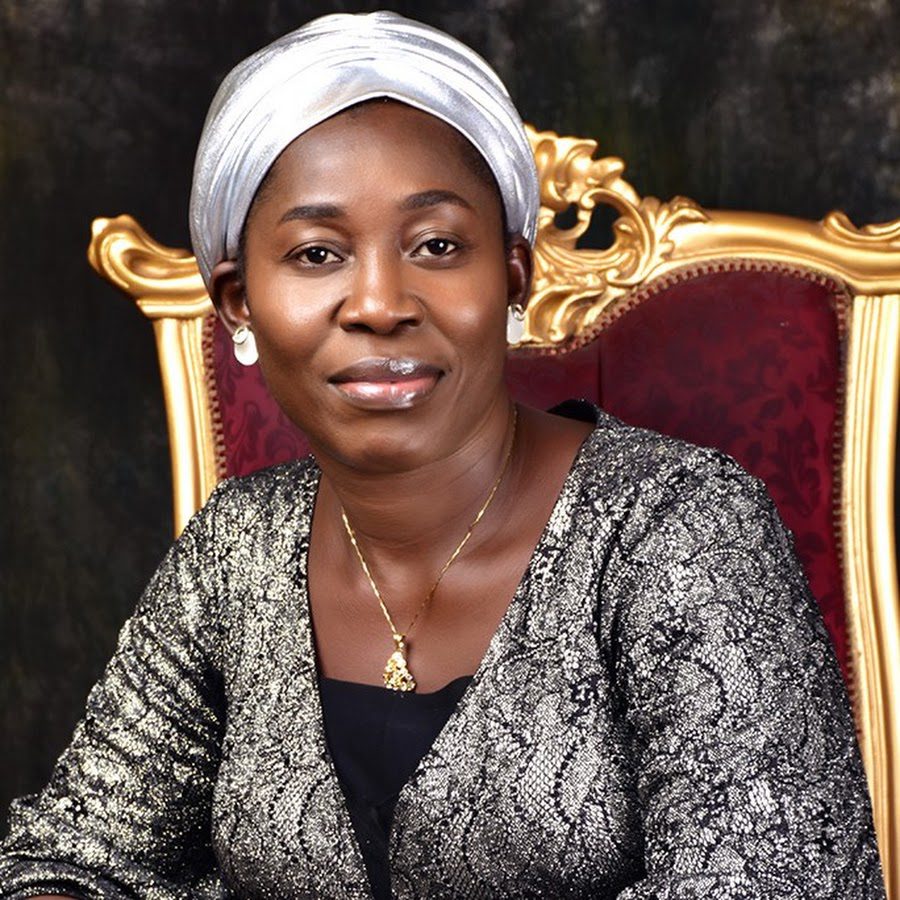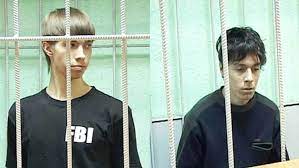Stephen Paddock Dead Body – Las Vegas Shooter


The death of Stephen Paddock and the subsequent discovery of his lifeless body sent shockwaves through the world, leaving many questions unanswered and prompting deep reflections on the tragedy that unfolded.
In this blog post, we will delve into the events surrounding Stephen Paddock’s death, the complex factors involved, the broader impact on society, and the urgent need for addressing mental health issues and public safety.
Lessons about Stephen Paddock Dead Body
The Tragic Event


On the evening of October 1, 2017, a senseless act of violence shook the city of Las Vegas, Nevada. Stephen Paddock, a 64-year-old man, opened fire from the 32nd floor of the Mandalay Bay Resort and Casino onto a crowd attending the Route 91 Harvest music festival.
The sustained gunfire lasted for approximately 10 minutes, leaving 58 innocent people dead and more than 800 others injured. It quickly became the deadliest mass shooting in modern U.S. history, leaving a profound impact on the community and the nation as a whole.
READ MORE: Still Into You Mp3 Paw Download – Paramore
The Discovery of Paddock’s Body
Following the tragic shooting, law enforcement officers swiftly responded to the scene, working tirelessly to bring the situation under control and safeguard the lives of those still at risk.
During the subsequent investigation, officers located Stephen Paddock’s lifeless body inside his hotel room on the 32nd floor of the Mandalay Bay Resort and Casino. The discovery of his body added another layer of sorrow and confusion to the already devastating event.
It forced both the public and authorities to confront the grim aftermath and the reality of the loss of life caused by such a heinous act of violence.


Understanding the Factors
The mass shooting committed by Stephen Paddock raised numerous questions about the factors that contributed to his actions. Investigators delved into his background, examining potential motives, his mental state, and any signs of premeditation.
However, despite extensive efforts, a clear understanding of why he carried out this horrific act remains elusive. It is crucial to approach these discussions with empathy, recognizing that complex and interconnected factors, such as mental health issues, personal grievances, or social isolation, can contribute to such extreme acts of violence.
Addressing Mental Health
The tragedy involving Stephen Paddock underscores the urgent need to prioritize mental health initiatives within society.
Mental health plays a significant role in understanding and preventing acts of violence. Providing accessible and comprehensive mental health services, increasing awareness and education about mental health issues, and reducing the stigma surrounding seeking help are crucial steps in identifying and supporting individuals who may be at risk.
Early intervention, proper diagnosis, and effective treatment are essential to prevent similar tragedies from occurring in the future.
READ ALSO: Michael Galeotti Biography, Cause Of Death, Career, Life, Wiki, Net Worth
Striving for Public Safety
In the aftermath of the Las Vegas shooting, renewed discussions regarding gun control regulations and public safety measures emerged.
Evaluating and implementing sensible gun control policies that balance the rights of individuals with public safety considerations is a critical aspect of preventing mass shootings. Stricter background checks, restrictions on high-capacity magazines, and enhanced firearm safety education are among the measures that have been proposed to mitigate the risk of gun violence.
Supporting Victims and Communities
It is of utmost importance to focus on supporting the victims, their families, and the communities affected by the mass shooting. Offering immediate trauma counseling, mental health support, and long-term recovery assistance can aid in the healing process.
Community organizations, support groups, and social services play a vital role in providing resources and a sense of unity during times of tragedy. By fostering resilience and empowering affected communities, we can collectively work towards healing and rebuilding trust.
READ ALSO: Michael Galeotti Biography, Cause Of Death, Career, Life, Wiki, Net Worth
Looking Toward a Safer Future
The death of Stephen Paddock and the devastating impact of the Las Vegas shooting serve as poignant reminders of the importance of addressing societal issues to create a safer future.
By prioritizing mental health, promoting early intervention and support, and implementing sensible gun control measures, we can strive to prevent similar tragedies from occurring.
Building strong communities, fostering open dialogue, and emphasizing compassion and empathy are crucial in creating a world where acts of violence become increasingly rare.
Stephen Paddock Dead Body – Full Story


On their approach up to the gunman’s suite on the 32nd level, the highly armed officers scan the Mandalay Bay Resort and Casino, asking patrons to leave and walk south away from the gunfire.
They climb the stairs, arriving at the room and bursting open its double doors with an explosive, only to find the suspect lying on the floor in a pool of blood in the room, which is darkened with its blinds tightly closed. Large firearms are strewn about in a haphazard manner.
Officers notice the wires that go through the suite, but they relax when they realize they’re connected to a sophisticated system of cameras: one mounted on a service cart outside the room, and another attached above the peephole.
“He has an intricate camera system set up,” one of the first officers to arrive in the suite observes, “so he knew when officers were coming down the hallway.”
The tape, which was made public for the first time on Wednesday, was captured on body cameras worn by two of the first police officers to arrive at gunman Stephen Paddock’s hotel suite in the moments following the bloodiest mass shooting in modern American history.
According to officials, Paddock shot himself in the head after killing 58 people and injuring hundreds more at a nearby country music festival.
The films are part of a stockpile of evidence that will be made public after a court sided with media groups in a legal battle with Las Vegas police, who had tried to delay the release of the video footage and data due to an ongoing investigation.
However, media outlets, including The Washington Post, contended in court that the department should be required to make the recordings, 911 calls, affidavits, and interview reports public.
The cameras capture officers responding to a massacre that would have been unthinkable in previous eras: the frantic tone of a police dispatcher shouting “Multiple casualties!” over a radio; the confused looks of gamblers in the hotel lobby as heavily armed police rush in; the beads of sweat on an officer’s upper lip as he makes his way towards the gunman’s suite.
Later, while officers are milling in Paddock’s chamber, one officer shakes his head and wipes his eye.
“How many did he put down, do you know, downstairs?” he asks another.
“A lot,” the officer wearing the body camera responds.
Despite the fact that authorities have provided a preliminary report on the shooting, Paddock’s rationale for the precisely planned attack is still unknown.
According to the report, no rounds had been fired in the room for almost 40 minutes before officers from the Las Vegas Metropolitan Police Department Strike Team arrived. According to Las Vegas police, no motive for the shooting rampage has been discovered.
According to the Las Vegas police report, officials are still unsure why the gunman carried out the act, however, they have ruled out any political or ideological radicalization. Investigators believe he acted alone and left no suicide note, manifesto, or other explanation.
Following several mass shootings, perpetrators explain their motivations, either in confessions to police or in videotaped rants left behind. In other cases, solutions are unclear, leaving victims and their loved ones to grapple with how to explain the horror that has befallen them.
Authorities said the Las Vegas shooter had planned meticulously for the attack as well as the extensive probe that would follow, claiming in court files that he sought “to thwart the eventual law enforcement investigation.”
A review of the gunman’s computers revealed an Internet search history that included searches for outdoor music sites, SWAT techniques, weapons, and the locations of several gun stores. Officials also stated that “numerous” photographs of child pornography were discovered on the gunman’s devices.
MGM Resorts has released CCTV video from Stephen Paddock’s Mandalay Bay Resort, where he killed 58 people in the Las Vegas mass shooting on Oct. 1, 2017.
Paddock was seen bringing more than 20 firearms and a considerable amount of ammo into the 32nd floor room in more than a dozen suitcases, according to surveillance footage published earlier this year.
The Las Vegas sheriff, Joseph Lombardo, has criticized the requirement for police to reveal body-camera footage and other evidence.
He stated that handling the releases would be onerous and difficult for the police department, and he described the footage as damaging to families who were hurt or lost loved ones in the atrocity.
“We believe that releasing the graphic footage will further traumatize an already traumatized community.” “We apologize for that,” Lombardo said during a news conference on Tuesday, declining to take questions. “Further victimization is unavoidable, and we wanted to avoid it.”
‘How can I turn this sorrow into a celebration of life?’ Victims of gun violence seek solace and a voice.
After a Clark County district court judge sided with the media outlets and ruled that the data should be published, the Las Vegas police department filed an appeal with the Nevada Supreme Court. The court denied that appeal last week.
Lombardo stated that detectives would be transferred from their primary duties to oversee the release of the documents, adding that “many of our employees will have to endure reliving the incident.”
The remaining materials will be made available “on a rolling basis,” according to Lombardo. He also stated that a final report on the police inquiry would be issued at a later date and would “give context to the different documents that we have been ordered to release.”
Days later, police released terrible body camera footage of the incident, which showed the carnage unfolding outside as the gunshots began.
Officers are seen scrambling to figure out where the shots are coming from. At one point, an officer is heard saying: “They’re shooting right at us, guys. Stay down! Stay down!”
Images were also leaked that week offering glimpses both inside and outside the gunman’s suite, a disclosure that Lombardo called troubling.
When his department released its preliminary findings on the shooting this year, that report included several photographs taken inside the suite.
Among them were pictures of the guns stockpiled in the room and a chilling view that the gunman would have had of the concert venue while he fired.
Before Wednesday, the Las Vegas police had released some body-camera footage from the night of the shooting.
Conclusion
The tragic death of Stephen Paddock and the subsequent discovery of his lifeless body during the Las Vegas mass shooting left an indelible mark on society.
The profound loss of innocent lives calls for deep reflection on the complex factors that contribute to acts of violence and the urgent need to address mental health issues and public safety.
By working together, supporting victims, advocating for change, and fostering a society that prioritizes mental well-being, we can strive for a safer and more compassionate future for all.



